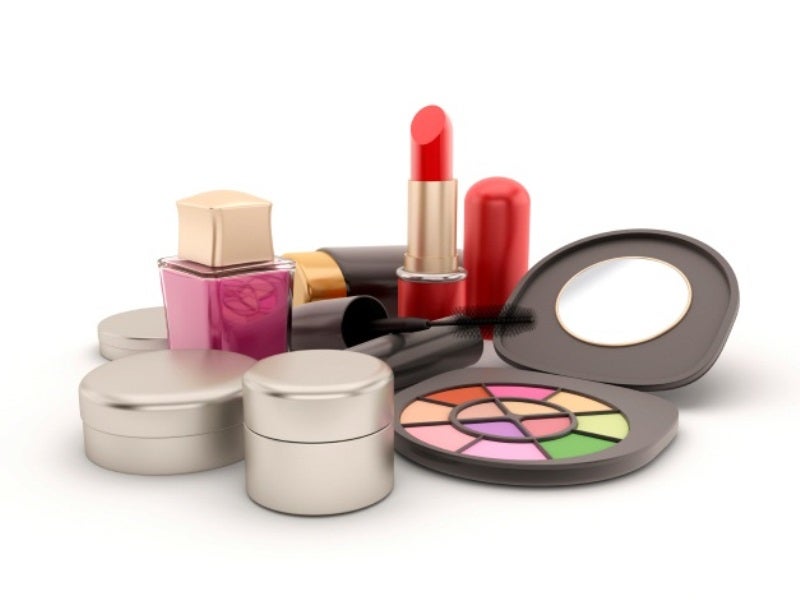
It’s in a company’s best interest to live up to its eco promises as sustainability has become a key driver of consumer purchasing. Despite this, 71% of consumers believe beauty brands are not doing enough to curb their waste.
Mounting pressure to minimise environmental impact has created positive change, with beauty brands of all sizes developing innovative eco-packaging solutions. A growing number of new online players using packaging as a key differentiator in the market is also driving change in the sector.
Lifestyle Packaging global head of marketing Rich Quelch tells Packaging Gateway about the biggest eco-trends in beauty packaging and what the industry can expect to see in the coming years.
Greenwashing is out
With nearly 40% of people in the UK worried about climate change, the public is wising up to greenwashing – the act of companies manipulating statistics or disguising bad eco-practices through clever marketing campaigns.
But it’s still taking place. For example, Korean cosmetic brand Innisfree was recently accused of greenwashing when a product claiming to be a paper bottle was found to be mostly plastic.
This has some serious ramifications – for both the planet and brand reputation. If a large number of consumers are misled and purchase products that they believe are eco-friendly, environmental targets won’t be met.

US Tariffs are shifting - will you react or anticipate?
Don’t let policy changes catch you off guard. Stay proactive with real-time data and expert analysis.
By GlobalDataAs more companies are held to account and make real changes to become more eco-friendly, those who continue to greenwash and deceive the public will have their reputations shattered, face penalties if they don’t comply with tightening regulation, and lose their customers to authentic eco-conscious brands.
Refill, not landfill
In 2021, we’ve seen many more brands – and some of the biggest global players – switch to refillable packaging.
This aims to eliminate single-use packaging completely and challenges brands to invest more in packaging design and materials with longevity – such as glass, wood and metals – to create objects which last for years.
Introducing stylish packaging made out of durable materials like glass or metal can help foster that ‘refill first mentality’. Refills are then sold in simple recyclable glass bottles.
L’Occitane is a cosmetic brand that arguably was one of the first to move away from traditional packaging, pioneering its first refill concept in 2008, letting consumers top up existing products with replacements in biodegradable sachets. They’ve estimated that they use 90% less plastic per bottle and have saved more than 170 tonnes of plastic a year.
For the “Instagram generation”, what the refillable device looks like is very important to purchasing decisions. Keeping an emphasis on experiential and aesthetically pleasing primary packaging which works so well, cosmetics companies need to offer consumers beautifully designed long-life bottles and containers for these refills without diluting their brand or the product experience.
Consumers can also benefit from lower price points because they’ve already made an upfront investment in the delivery device itself. Repeat purchases are simply for the product, not the packaging.
Material change
Plastic has long dominated the packaging world with its durability and low cost. However, with a global crusade against single-use plastic in full swing, alternatives are going to need to be developed and adopted more quickly than ever.
Legislation to ban the use of non-recyclable plastics in sachets is just around the corner – with 79% of people in support of the move. This has allowed other brands to burst into space and blaze a trail for greener packaging.
Cosmetic giant L’Oréal has cut its reliance on non-renewable resources by 39% and is moving towards lightweight, sustainably sourced paper, cardboard, and wood-fibre packaging.
In order to make packaging more recyclable, action must be taken at the design stage. This includes choosing the use of single types of material or easily separated components over mixed materials, which makes sorting and reprocessing difficult, like metal closures on plastic bottles or multi-layer laminates.
Even colour can have an impact. Most responsible brands are now phasing out the use of black plastic packaging as the machinery used at the sorting stage in recycling plants struggles to detect the carbon black pigment.
More and more brands are also exploring the potential of sustainable plastic alternatives, from corn to seaweed, bamboo, and mushrooms. While the end result might not be as pleasing to the eye due to natural discolouration, brands have the control to incorporate any differences into the packaging design and show it off to consumers as part of their sustainable marketing effort.
Less is more
92% of consumers now say minimalist, eco-friendly, or biodegradable packaging is important to them, driving a minimalist packaging trend as brands try to tap into this change of direction. Neutral colours, simple shapes and little to no imagery are all signals of an industry geared to function over form.
We’re seeing more in the cosmetics sector opt for a “debranded” design, taking this trend one step further and stripping back the aesthetics of packaging to its bare components – Glossier being a strong example. It seems the loudest voice is now the quietest.
When it comes to downsizing, we’re seeing brands ditching plastic film windows, considering air as the packing medium for fragile products and reducing or even eliminating the use of tapes, adhesives and fillers.
3D modelling is also being more widely adopted as a valuable waste-reduction tool, allowing brands to optimise both primary and secondary packaging design during the R&D phase. As too is 3D printing, enabling you to test for feasibility, durability and performance in order to make design tweaks before going to commercial tooling.



